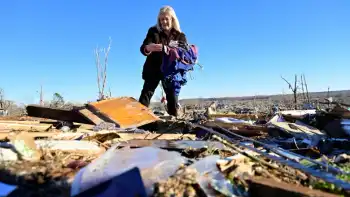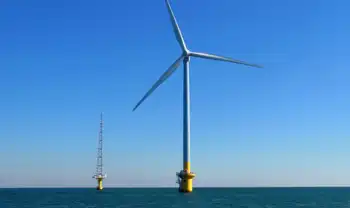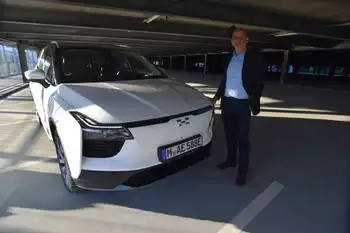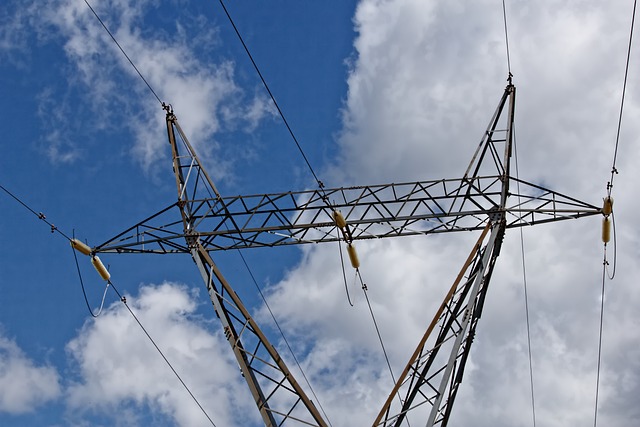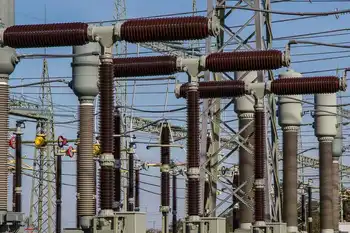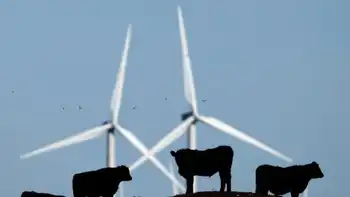Shortage of turbines puts brakes on wind power industry
By Vancouver Sun
NFPA 70e Training - Arc Flash
Our customized live online or in‑person group training can be delivered to your staff at your location.

- Live Online
- 6 hours Instructor-led
- Group Training Available
A global surge in wind energy development is making it difficult for proponents to secure equipment for new projects, and waiting times for turbine blades and other components are increasing.
"Right now there is a shortage of turbines internationally," David Huggill, western Canada policy manager for the Canadian Wind Energy Association, said in a recent interview.
"There is a finite number of companies that are actually producing the technology."
Within Canada, a federal program providing a penny-per-kilowatt to green energy producers has touched off another kind of scramble, as wind power proponents across the country vie to take advantage of $1.5 billion in available funds.
B.C. is the last major Canadian province to join the fray, most notably with the EarthFirst Canada wind farm now under construction in northeast B.C.
EarthFirst expects to begin shipping electricity onto the BC Hydro grid in January, making it the first B.C. wind farm in commercial production.
It is likely to be recognized at CanWEA's annual conference and trade show, which is taking place in Vancouver.
"B.C. is currently a net importer of electricity and the province's energy-plan call for self-sufficiency by 2016 certainly plays very well into renewable generally - and wind's hands in particular," Huggill said.
Huggill added that CanWEA members plan to be aggressive, rather than passive, in moving the industry forward.
Canada now has 14 times as much wind-energy capacity, as measured in megawatts of electricity generated, as there was in 2000. But that's just a drop in the bucket - amounting to one per cent of total annual Canadian electricity production, CanWEA calculates.
A vast landmass and lengthy coastline mean Canada has "more top quality wind sites than it could ever use," the association notes in a recent Canadian wind resource fact sheet.
The federal government has provided some assistance in supporting expansion of the industry - through a four-year, $1.5 billion ecoEnergy program for renewable energy that pays green energy developers one cent per kilowatt to make them competitive with large-scale gas, coal and large hydro utilities.
Response from wind and other green energy sectors has been tremendous, Huggill said.
The program began in April 2007 and "we are anticipating that the money will dry up before the end of 2009. It was set to go until 2011."
"There has been so much interest and so much activity that those funds will be fully allocated two years ahead of schedule."
A cornerstone event at the CanWEA conference will be the release of a strategic plan calling for continuation of the ecoEnergy funding through 2014.
"We are not advocating wind over all other renewables but I think there is a very strong case to be made that in the short- and near-term wind certainly provides a very viable option to meet those renewable targets that everybody is focusing their attention on," Huggill said.





